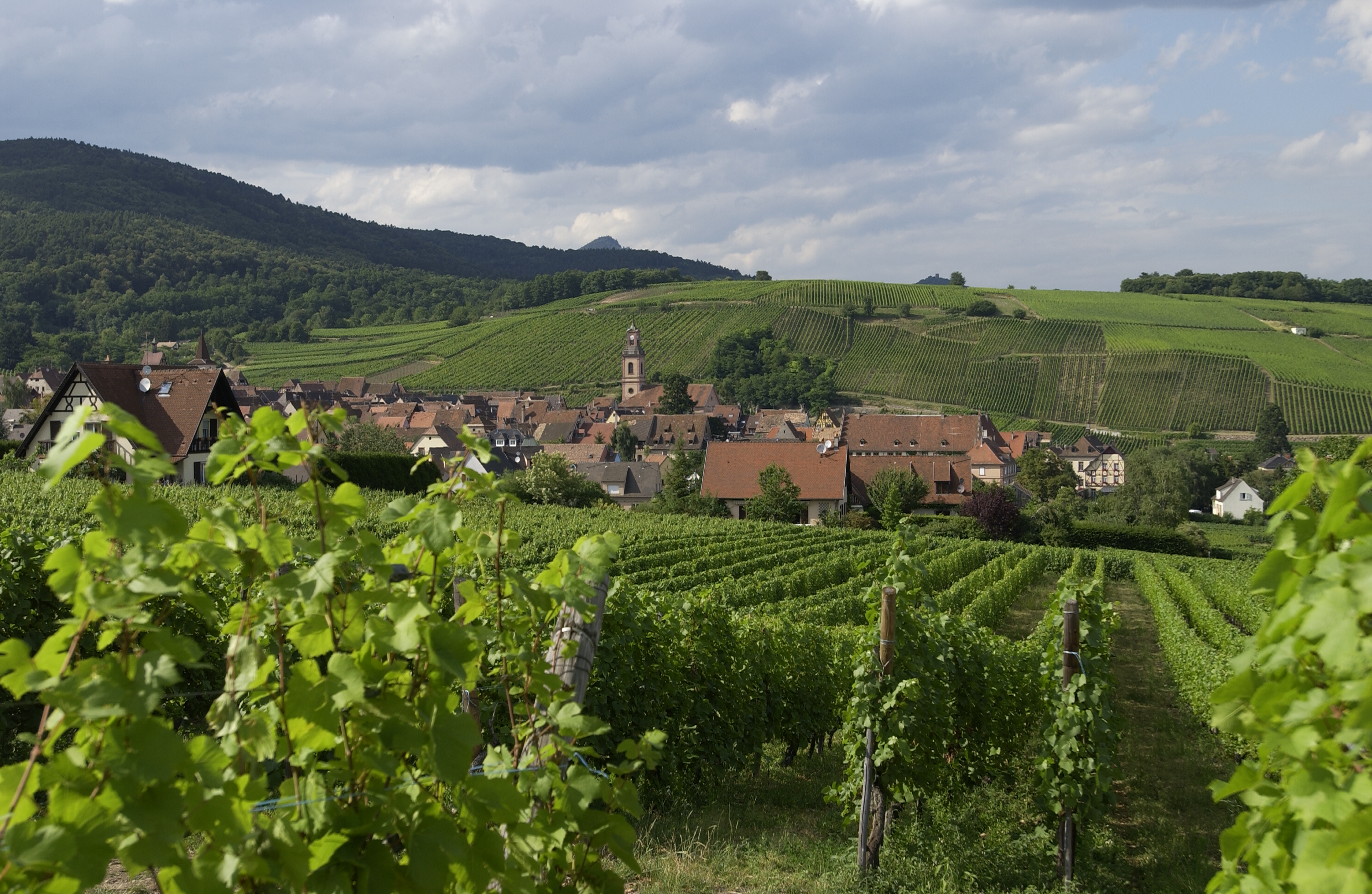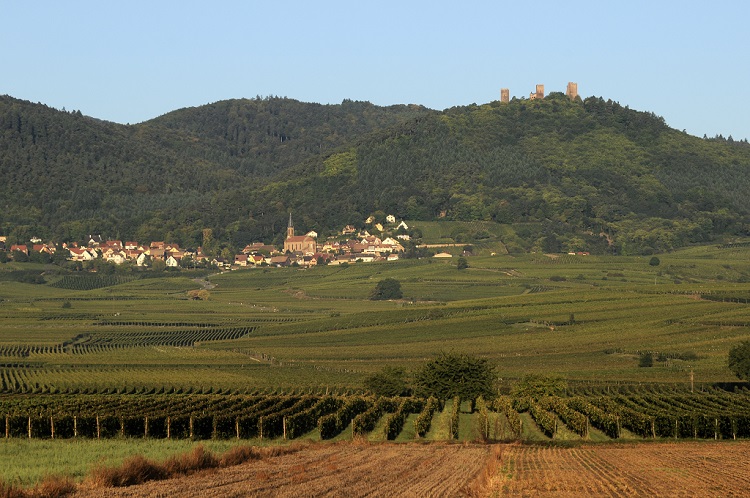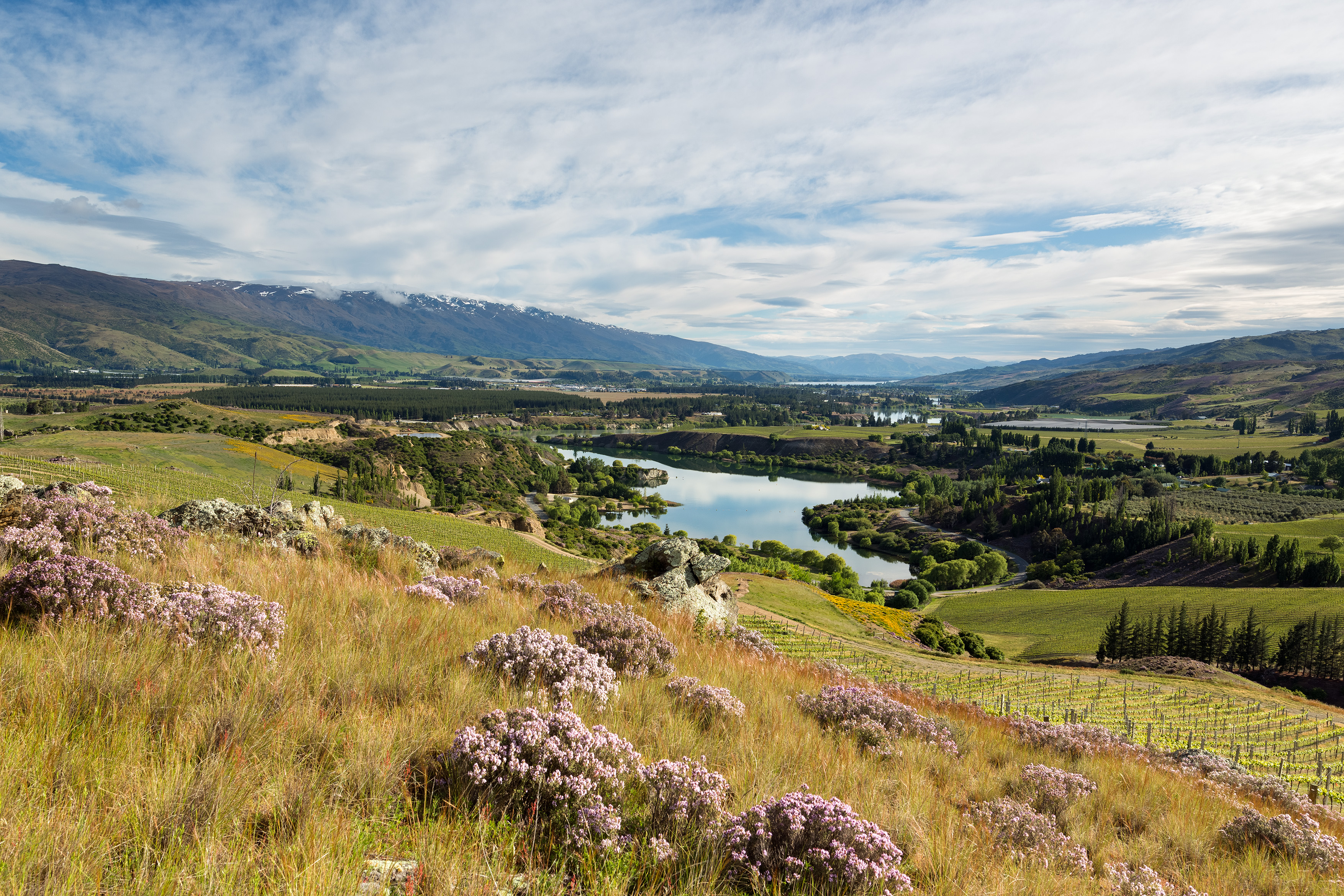So, we asked the winemakers: Is residual sugar the key to success with this grape variety?
“No, I don’t think so,” replied Matt Dicey, winemaker at Mt Difficulty Wines in Central Otago, New Zealand. “It certainly helps with balance in the wine’s youth, aiding texture and helping to offset alcohol. It also enables riper picking decisions without the additional ripeness appearing as alcohol.
“So, for me, it really comes down to aromatic intensity with a balanced framework comprising residual sugar, texture, alcohol, and ripe phenolics.
“Our climate and cool growing conditions allowing the enablement of all these factors to coincide is where the sweet spot occurs!”
'With global warming... it is more and more difficult to make elegant and well-balanced Pinot Gris'

Jean-François Kueny
Jean-François Kueny, cellarmaster at Château de Riquewihr Dopff & Irion, told Canopy: “It's more than the level of residual sugar, it is much more the balance between acidity, residual sugar and alcohol which is important. And regarding the acidity, it is important to have a good rate of malic acid, which gives more freshness to the wine.
"With global warming, grapes have more and more sugar, a low rate of acidity and less malic acid, which might give unbalanced and heavy Pinot Gris wines. That’s why it is more and more difficult to make elegant and well-balanced Pinot Gris, except if the vineyard is at the top of a hill, where the air is cooler.
"So, sugar is not the key to making a great Pinot Gris wine. You just need the good rate of each component to make the right balanced wine.”
How the Gold medal winners were made
Wine: Alsace Grand Cru Sporen Pinot Gris, 2016
IWC Points: 95IWC judges’ note: “Opulently concentrated wine. Intense, lifted nose. Creamy lemon posset and spicy palate. Purity of fruit which only comes from best sites. A wow wine!”
Producer: Château de Riquewihr Dopff & Irion
Winemaker: Jean-François Kueny
Region: Alsace, France
Alcohol: 13%
T/A: 5.22g/L
Residual sugar: 26.9g/L
Technique: Wine settled and racked clean after about 12 hours. Fermented cool. Fermentation stopped by cooling down the vat. Filtered and bottled. Bottle aged six months before releasing.

Château de Riquewihr vineyards
Wine: Pinot Gris Grand Cru Eichberg, 2016
IWC Points: 95IWC judges’ note: “Very distinguished nose with honey and beeswax. Complex, concentrated ripe citrus palate. Palate impressed with superb density of long-lasting fruit.”
Producer: Wolfberger
Winemaker: Jérôme Keller
Region: Alsace, France
Alcohol: 14.5%
T/A: 3.43g/L
Residual sugar: 37.5g/L
Technique: Whole-bunch pressed, but only the head juice (0-0.6 bar of pressure) is used for the Grand Cru wines. Fermentation at 12-16°C for 8 to 10 weeks. Maturation on fine lees for 4 to 5 months with frequent stirring at the beginning and only when needed towards the end. Racked, fined, cold-stabilized and lightly filtered using diatomaceous earth filtration.
Resting in stainless steel tanks for 10 to 14 months and at least one year in bottle.

Eichberg's Pinot Gris vineyards
Wine: Roaring Meg Central Otago Pinot Gris, 2017
IWC Points: 95IWC judges’ note: “Intense concentration on the palate with tingling acidity and a rich beeswax aroma and creamy texture. Leads to a long, bright, impressively intense finish. World class!”
Producer: Mt Difficulty Wines
Winemaker: Matt Dicey
Region: Central Otago, New Zealand
Alcohol: 14.4%
T/A: 6.5g/L
Residual sugar: 9.2g/L
Technique: Wine settled overnight and racked clean the following morning. Fermented cool. Fermentation stopped in an off-dry style to provide palate weight and texture. Bentonite addition to ensure stability for travel. Sterile-filtered and bottled.

This Pinot Gris is sourced from the Cromwell Basin (shown)
Canopy: How ripe were the grapes when you harvested them?‘We harvest our Pinot Gris fairly ripe so we can hit the flavour sweet spot’
Matt Dicey: Typically we harvest our Pinot Gris fairly ripe so we can hit the flavour sweet spot, which does appear late in the ripening curve.
What was the Brix reading?
Between 23.5 and 24° Brix.
What was the fermentation temperature?
Fairly cool at 13°C, with a warmer tail to the ferment.
How was the fermentation stopped?
Chilling to 4°C.
Why was it stopped at 9.2g/L residual sugar?
Balance/harmony – the tanks are all stopped on taste with an overriding view of trying to achieve just under 10g/L RS. We feel that this provides richness without unduly taking away from the overall balance of the wine. This is a variable endpoint dependent on the season and that overall balance of the wine with its acidity. 2017 was a cooler season with slightly higher acidities and hence we let the RS drift slightly higher.
Do you normally have that much residual sugar?
The RS in our Roaring Meg Pinot Gris has varied from around 8g to 11g over the years.












.png)






